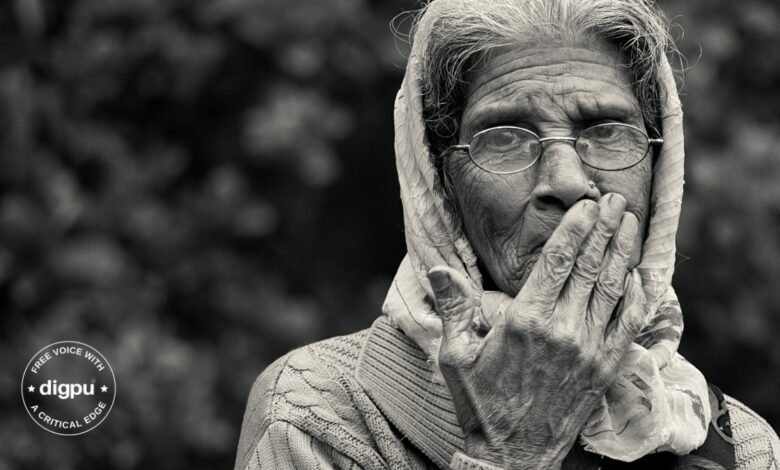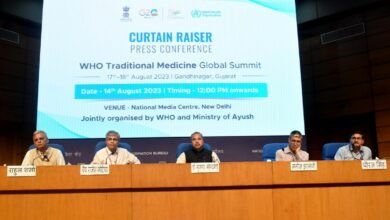WHO Urges Action on Underreported Abuse of Older Women and Women with Disabilities
WHO Urges Global Action to Combat Invisible Epidemic of Abuse Against Older Women and Women with Disabilities.

Today, the World Health Organization (WHO) released two groundbreaking publications shedding light on a hidden crisis: the pervasive abuse faced by older women and women with disabilities. Despite their heightened vulnerability, these groups are often overlooked in global and national violence-related data, leaving their specific needs unaddressed. The WHO is calling for urgent research and action to ensure these women are counted and supported effectively.
Underrepresented in Data:
Dr. Lynnmarie Sardinha, a Technical Officer at WHO, highlights the alarming underrepresentation of older women and women with disabilities in research on violence against women. This gap undermines efforts to tailor programs to their unique needs. Studies have shown that these groups face elevated risks of intimate partner violence and sexual violence, yet their experiences remain largely invisible.
Unique Challenges and Forms of Abuse:
Intimate partner and sexual violence are prevalent globally, affecting approximately 1 in 3 women. However, older women and women with disabilities face additional risks and forms of abuse. Caregivers or health professionals may perpetrate coercive and controlling behaviors, including withholding essential care or financial exploitation. These abuses compound the challenges faced by these vulnerable individuals.
Isolation and Stigma:
Older women and women with disabilities often experience profound isolation, exacerbating their vulnerability to abuse. Stigma and discrimination further hinder their access to support services, compounding the difficulty of reporting violence. Dr. Avni Amin from WHO emphasizes the need for responsive services that address the unique dependencies and challenges faced by these groups.
Closing Data Gaps:
WHO proposes several measures to address the dearth of data on violence against older women and women with disabilities. These include extending the age limit for survey participation and incorporating comprehensive questions on different types of violence. Importantly, the involvement of these groups and their representative organizations in survey design is crucial to ensure inclusivity and relevance.
Accessible Solutions:
The WHO briefs stress the importance of inclusive survey formats, such as Braille or EasyRead, to facilitate participation by older women and women with disabilities. Additionally, the development of a survey module specifically targeting violence against older women will aid data collection efforts. Resources to integrate measures of disability into existing surveys are also forthcoming.
Conclusion:
The release of these WHO publications marks a critical step in addressing the underreported abuse faced by older women and women with disabilities. By advocating for better research and inclusive data collection, WHO aims to empower these marginalized groups and ensure their rights are upheld. As the world confronts the scourge of gender-based violence, it is imperative that no one is left behind.







